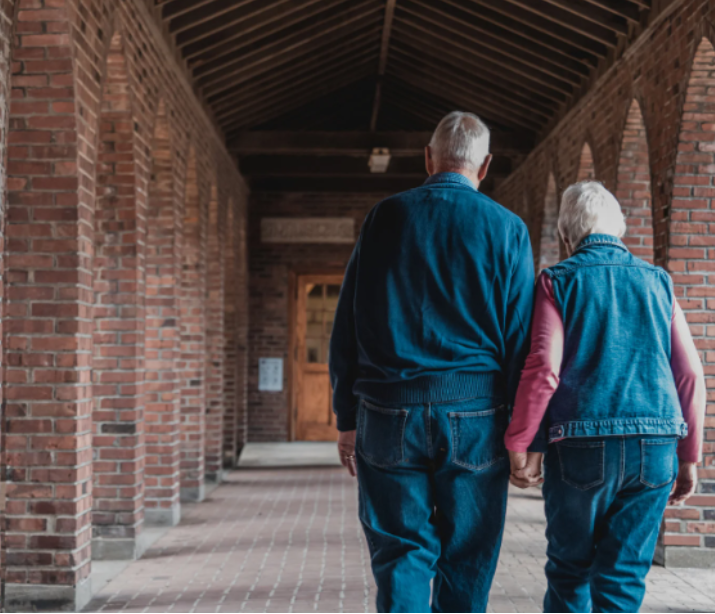Walkers, canes and other “unnecessary” things

“I’m just practicing walking” was the answer my father gave me when he would walk around by himself without his walker. We’d lost count of his falls, so a walker seemed pretty important. At least to us. To him, not so much.
“I don’t want anything new” was the answer Betty gave her daughter when she suggested that a cane or walker might be helpful to her. She was surprised by the answer since she was watching Betty move from spot to spot holding onto furniture and walls. Like a rock climber, she was gauging where her next handhold was going to be.
According to the U.S. Centers for Disease Control and Prevention (CDC):
- About 36 million falls are reported among older adults each year—resulting in more than 32,000 deaths.
- Each year, about 3 million older adults are treated in emergency departments for a fall injury.
- One out of every five falls causes an injury, such as broken bones or a head injury.
- Each year at least 300,000 older people are hospitalized for hip fractures.
- More than 95% of hip fractures are caused by falling—usually by falling sideways.
- Women fall more often than men and account for three-quarters of all hip fractures.
Obviously, the results of a fall can have serious consequences and the need for stability seems obvious. Why is it that an older adult is resistant to using a mobility device, like a walker or cane?
Reasons an older adult may not want to use a walker
- Moving without a mobility device may be a source of pride for them.
- A mobility device may make them feel like they look old or frail. Unlike a discreet hearing aid, mobility devices are highly visible and may feel like a label of “I’m weak and dependent” or not cognitively “with it”.
- They may get special treatment ,which may be embarrassing.
- They may be concerned they’ll become dependent on its use, losing the ability to ambulate without the extra support.
Approach the topic with plenty of sensitivity. Ask them to share with you what their thoughts are about using a walker, cane or other device. After listening thoughtfully, share your concerns for their safety. Express your desire for them to maintain the independence they have, pointing out that a fall may take that away from them.
Sometimes it’s difficult for an older adult to be objective about their current needs. If the older adult would value an objective assessment, the National Council on Aging assigns a fall risk score with the completed Falls Free Check Up.
Checklist to mitigate effects of unsteadiness
If the older adult is unwilling to use a mobility aid, but is unsteady, consider:
- Asking the older adult’s doctor to review their medicines to see if simple changes can provide the same results while reducing the risk of falls.
- Asking the older adult’s doctor to conduct a balance assessment test to determine their risks and if physical therapy would help improve their strength and balance.
- Consider an eye exam, since improved vision can reduce the risk of falls.
- Making their home safer with improved lighting, railings and putting frequently used items in a place that’s easy to reach.
It’s important to note that, when not used properly, walkers and other mobility devices can cause the accidents they were meant to prevent. Ensure the device is suited to the older adult’s needs and is being used correctly.
The older adult’s doctor or physical therapist can provide valuable guidance on what to choose and fit the device for their height, weight and abilities. Also, when prescribed by a doctor for use in the home, Medicare Part B can cover 80% of the cost of walkers, rollators, and other “durable medical equipment” if it is deemed medically necessary.
For more information on mobility devices:
- AARP’s post on Choosing a Walker or Cane provides helpful insights into figuring out if one of these is a good solution.
- This article from the Mayo Clinic has tips for choosing and using a walker.
Your Digital Care Advisor has a section titled “I want to keep an older adult safe” which has a number of excellent resources for fall prevention. You’ll find home modification resources and balance classes covered by Medicare.
You may not agree with or fully understand the older adult’s perspective and choices when it comes to using mobility devices. As difficult as it may be, respect those desires and choices. It is one of the ways to honor them in this season of life.
